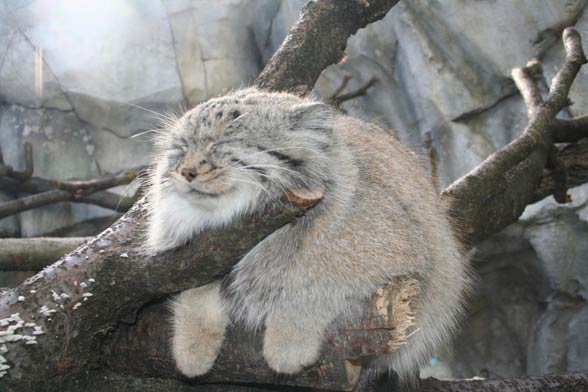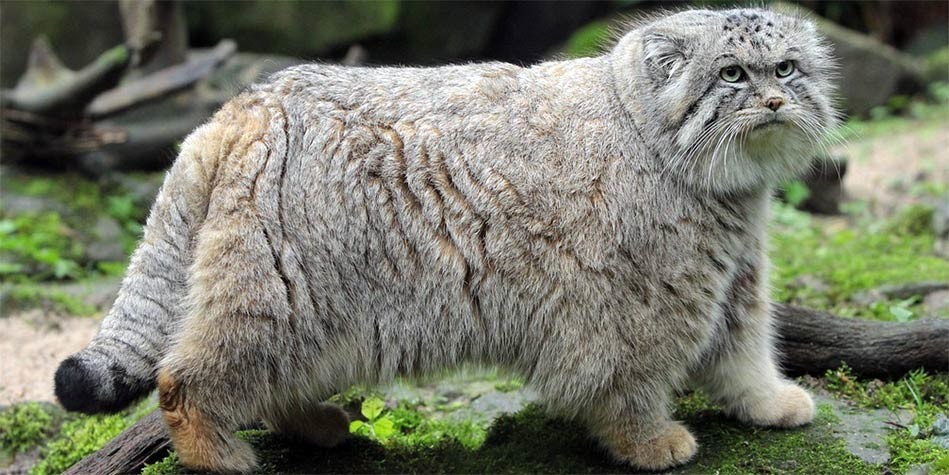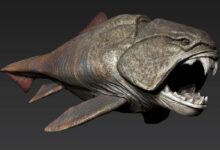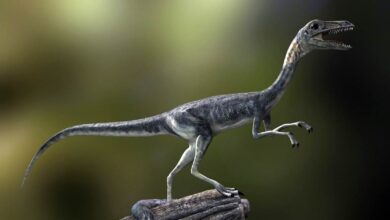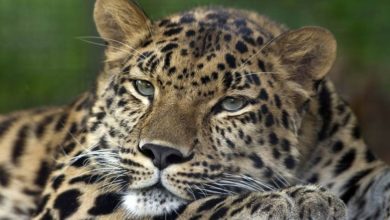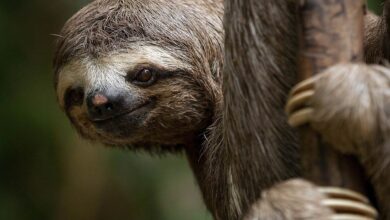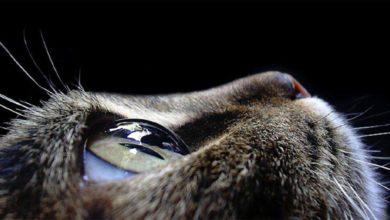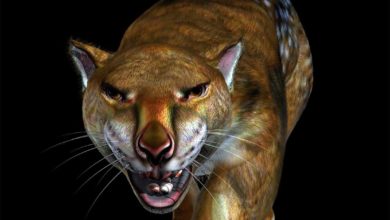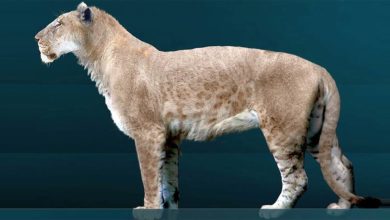Pallas’s cat, manul (Otocolobus manul)
The look and “face” expression of the manul, full of alertness and wildness, may cause a strange anxiety. It seems that the manul’s soul is much greater than its inconspicuous body. Despite its size and some limitations related to its body, the manul is a very independent, daring, and active cat. However, even this cat living in areas that are very hostile for human beings, becomes the victim of Homo sapiens for pure profit and inhumane medical treatments.
Classification
- Class: Mammalia
- Order: Carnivora
- Family: Felidae
- Genus: Otocolobus
- Species: Manul
- Subspecies:
- Otocolobus manul manul – inhabits the northernmost habitats. It occupies the areas from the Jida River to Lake Baikal in southern Siberia.
- Otocolobus manul ferruginea – occurs in south-western habitats. It prefers, for example, the Kopet-Dag Mountains located in the territories of Turkestan and Iran. It also lives in Afghanistan and a geographical area called Baluchistan.
- Otocolobus manul nigripecta – inhabits the territories of Tibet and the Indian part of Kashmir.
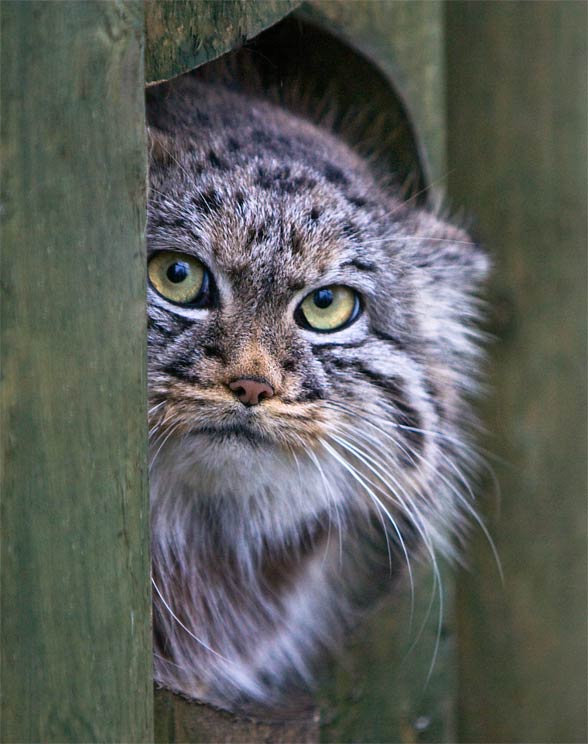
Occurrence
The manul lives in many Asian countries. Apart from the abovementioned ones, it also inhabits:
- Pakistan
- Central China
- Mongolia
- Southern Russia
The populations from the south-western habitats (the region of the Caspian Sea, Afghanistan, Pakistan) have been becoming increasingly smaller, significantly fragmented. The majority of species representatives live nowadays in Mongolia and Russia.
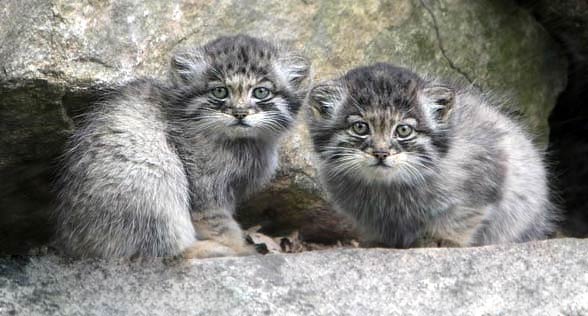
Habitats
The Pallas’s cat’s habitats are characterized by poor rains, low humidity and a broad range of temperatures. The animal occurs at a height of up to 5,000 m (16 400 ft) (Tibetan Plateau), but, most of all, on cold, grassland steppes interspersed with rocky deserts. Although the manul adventures into very high altitudes, it prefers valleys and rocky areas, where it can hide. Therefore, it avoids open areas, it also dislikes snowy areas, where the snow layer is above 10 cm.
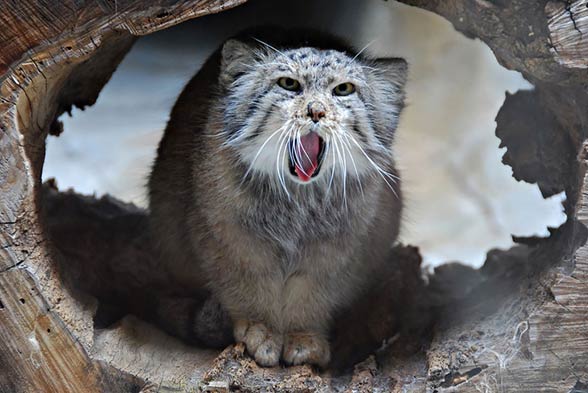
Characteristics
Appearance
The Pallas’s cat may reach the size of a domestic cat; it is usually 46 – 65 cm (18 – 25.6 in) long (without the tail), and weighs between 2.5 – 4.5 kg (5 – 9 lb). Very dense, long fur, however, makes the manul seem bigger than it really is.
The Pallas’s cat’s limbs are proportionally shorter than other felids’, its ears are situated low and wide apart, the ear lobes are reduced. The claws are also very short. The face is shortened which makes it look flattened. The pupils, contrary to those of domestic cats, are round. And in the snout there are fewer teeth than in typical felids; the Pallas’s cat doesn’t have the first pair of upper premolars, but the canines are very prominent.
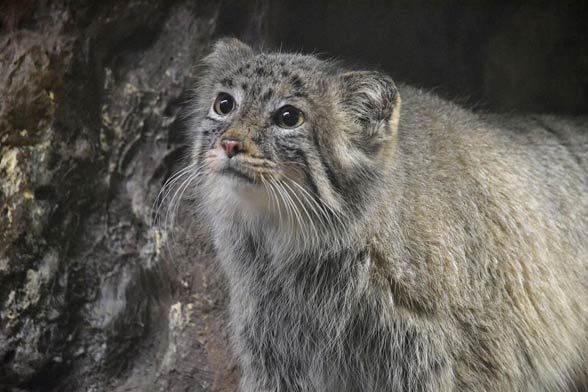
Coloration
The manul’s fur color may be close to ochre. On the trunk and limbs, you may see dark, vertical stripes. The head is very mottled, you can see rosettes and rings. Similar patterns are visible on the tail. The eyes are surrounded by stripes, which highlight their beautiful shape. Cheeks and chin are white. However, within the species, there are numerous color variations. Because of this phenomenon, 3 subspecies of the Pallas’s cat have been classed.
In the winter, the fur is more gray, and the marks less visible. The color and marks intensify in the summer, when the fur is thinner.
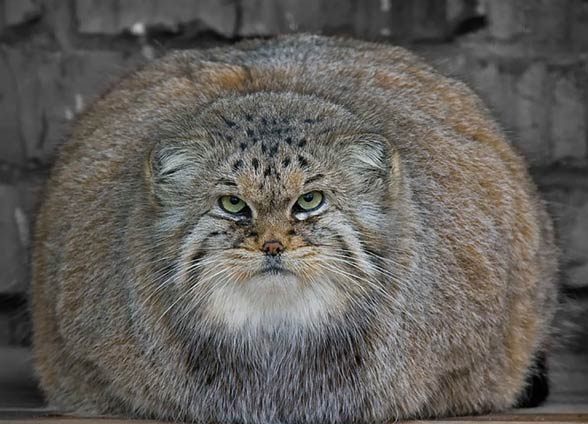
Diet and behavior
A lonely manul hunts alone, mainly at night. Predominantly, it hunts rodents and small mammals. The menu is predominated by the members of the Ochotonidae family. Moreover, it hunts birds and insects.
The Pallas’s cat hunts in two ways: by sneaking (it lies among low vegetation) and ambush (it stands in front of a den of its possible prey and waits for it to come out). If the den is shallow, the cat tries to catch the prey putting its paws into the den.
Thus, contrary to many other felids, the manul is a poor runner, because of its short legs. If it has to run away from an attacker, it seeks shelter among rocks or in narrow crevices.
As we’ve already mentioned, the Pallas’s cat is a typical loner. Both males and females mark their territories with the scent of their urine and feces. For its inconspicuous size, the manul inhabits vast acreages: in Mongolia, the female acreages varied between 7.4 and 125 km2 (23 km2 on average) / 3 – 48 mi² (9 mi² on average), and male acreages were from 21 to 207 km2 (98 km2 on average) / 8 – 80 mi² (38 mi² on average). It is thus estimated, that there are 4-8 individuals per 100 km2 (ca. 40 mi²) on average.
During a day, the manul dwells in caves, rock crevices and dens, where it usually naps, although it suns itself at times. It is the most active at dusk and dawn.
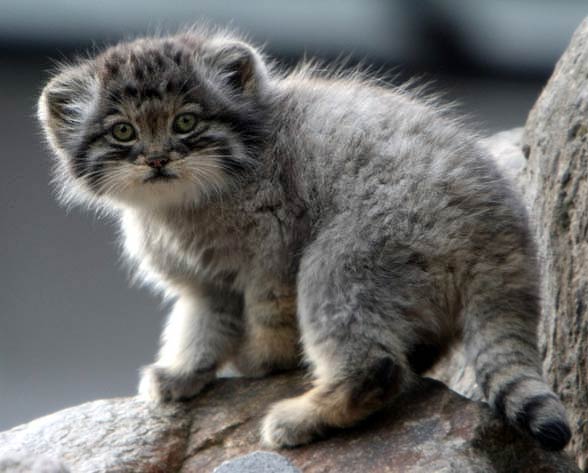
Reproduction
The Pallas’s cat breeds in a specific time; mating occurs between December and March; cubs are born from the end of March to May. Female rutting time lasts only 24-48 hours, so they are fertile only then.
On the basis of the observations in captivity, it was estimated, that pregnancy lasts 66-75 days. A litter consists of 1-6 cubs, however, there are usually 3-4. The young are covered with dark flue, with no “frosted” coloration as in adult manuls. The stripes on the sides of the body, hardly visible in parents, are very prominent in cubs. They fade gradually with age. Fur is changing for 2 months since birth. Cubs become independent when they’re 4-5 months old, and they are fully grown after 8 months. They are sexually mature in 9-10th month of life.
Mortality within the species is very high – about 68% of cubs are not going to survive to the moment of finding their own territory. The mortality of adults is estimated at about 50%. The majority of deaths occurs in winter months (October-April). Pallas’s cats may also become a prey of large eagles, red foxes and domestic dogs.
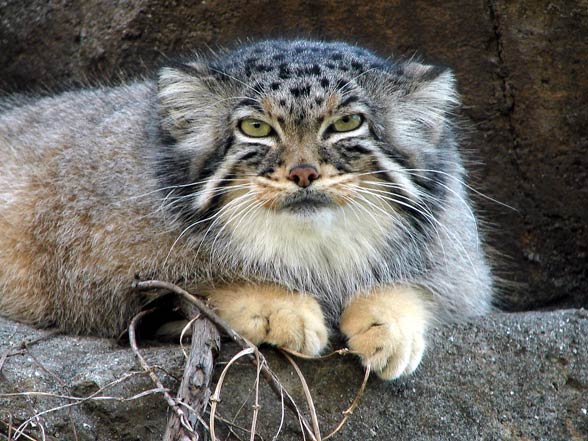
Detailed information / size
Pallas’s cat, manul (Otocolobus manul)
- Body length without the tail: 46 – 65 cm (18.1 – 25.6 in)
- Tail length: 21 – 31 cm (8.27 – 12.2 in)
- Height at shoulders: 30 – 35 cm (11.8 – 13.8 in)
- Weight: 2.5 – 4.5 kg (5 – 9 lb)
- Lifespan: to 12 years in captivity
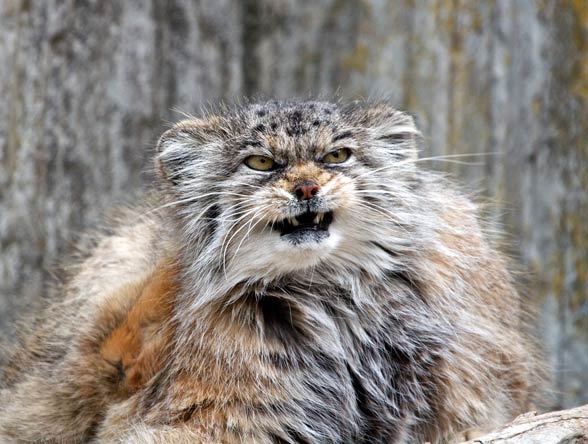
Pallas’s cat – interesting facts
- Its English name – the Pallas’s cat – was created in honor of a German zoologist – Peter Pallas, who described the manul in 1776 as Felis manul.
- The word manul originates from the Mongolian мануул (manūl).
- The Greek generic name Otocolobus means “with ugly ears”.
- Pallas, in his first description of the manul, suggested that it was the ancestor of the Persian cat – a domestic cat breed with very long fur and flattened “face”.
- The manul has the longest and the densest fur among all felids. The fur on the stomach, tail and sides is almost 2 times longer than on the back.
- The manul can make different sounds; it growls and howls when it’s excited. These sounds resemble the sounds of a small dog. The typical “cat” sounds include purring.
- The population of manuls has been decreasing because of the destruction of habitats for agriculture, poaching, and legal hunting – a hunter may get a permission from local authorities if a hunted animal is good for “domestic use”. Unfortunately, manuls are the victims of people who sell them for their pelts, and several parts of their bodies (mostly fat) are used in traditional medicine for frostbites. The hope for the species’ survival lies in the habitats it chooses. Harsh steppes, challenging ground, and low temperatures certainly make it more difficult for people to catch this beautiful animal.
- Domestic dogs are also a great danger for the manul – in central Mongolia they are responsible for over half of deaths of these wild felids.
